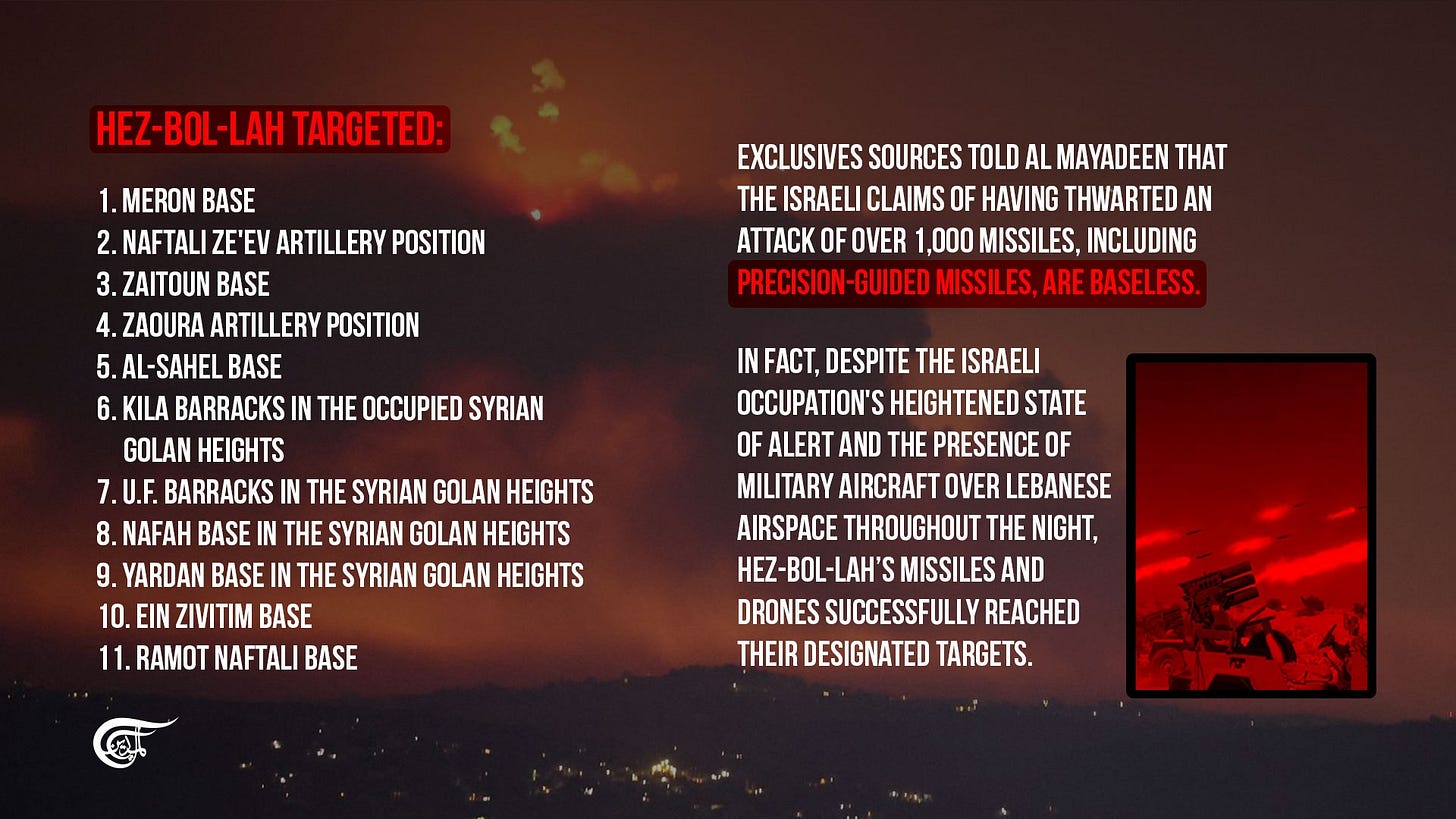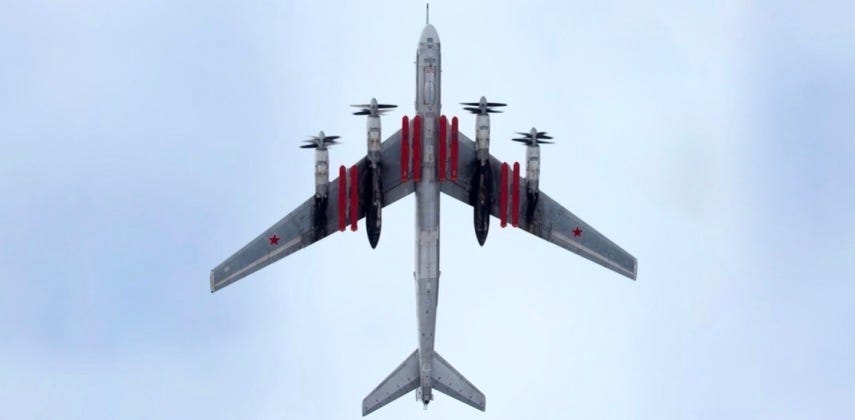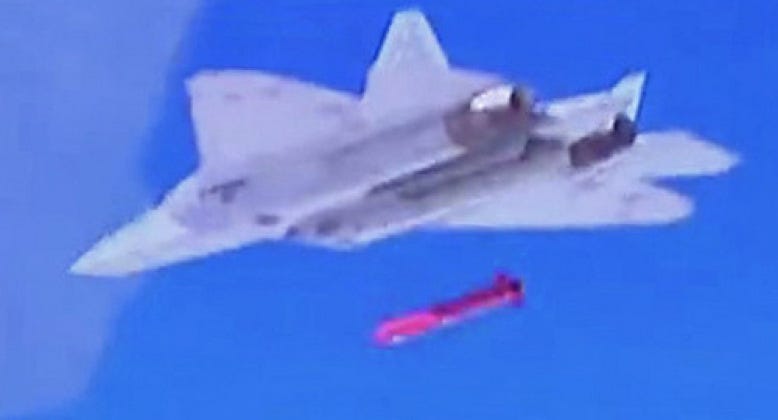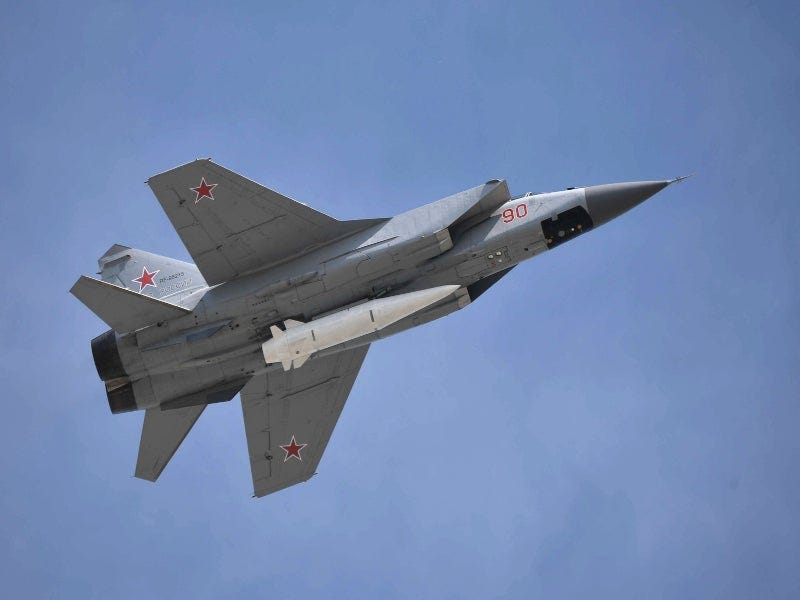On the 25th of August, Hezbollah launched a massive rocket and drone attack against the Zionist entity.
Just before the Hezbollah attack, the Zionist air force launched a massive bombing campaign, dropping over 400 bombs on Lebanon in a strike which they claim, without evidence, destroyed thousands of rockets which were destined to strike Occupied Jaffa (“Tel Aviv”)
Despite this, Hezbollah was able to easily overwhelm the Iron Dome which was designed to protect the Zionists from the consequences of their own actions.
The rockets, fired from old, improvised “Katyusha” type rocket launchers were little more than a diversion, designed to occupy and deplete the ammo of the “Iron Dome” system. Over 300 these rockets were launched into the heart of Occupied Palestine as resistance drones flew in unmolested, scoring direct hits on IOF reconnaissance bases and the barracks for Unit 8200, the IOF cyber terror unit which is so ubiquitous that it has even infiltrated the head office of the British Labour Party, hired by Prime Minister Kier Starmer. The “Gilot” base which was hit is just outside of Occupied Jaffa (“Tel Aviv”) thereby representing a strike at the very heart of the Zionist entity.
In total, 11 military targets were hit and damaged by Hezbollah’s attack, a far cry from the indiscriminate targeting of civilians seen by the Zionist entity in it’s genocidal war.

The Zionists attempted to portray this as a failed attack until Hezbollah released footage confirming their hits on vital IOF infrastructure. The Zionists responded with a censorship regime, preventing any further discussion of the attacks. If even Hezbollah can overwhelm the Zionist air defenses in this manner, it speaks poorly for their capabilities. The Zionists have invested billions in American tax dollars into a supposedly cutting edge system which can be overpowered by rockets not all that different from those of the 1940s. It seems that when facing anything more formidable than the homemade rockets and mortars in Gaza, the Iron Dome leaks like a sieve.

If the Zionists truly destroyed thousands of Hezbollah rockets on the launch pads, this only makes the situation look worse for the so-called “Iron Dome”, if it can be defeated by only a portion of Hezbollah’s strength, what could Iran do?
The next day, in a bold and unusual daytime air raid, the Russian Armed Forces launched one of their largest attacks yet on Ukraine, around 200 drones, rockets and cruise missiles. Despite Ukrainian claims of shooting down nearly all the Russian weapons, there were still over 70 confirmed hits.
As is usual, The fantastical numbers posted by the Ukrainian Ministry of Defense make no sense. We know how many Russian assets were involved in this attack thanks to open source data, and as usual the numbers presented by the Banderites do not add up.
The Russian VVS deployed 11 of their heavy Tupolev Tu-95 “Bear” Bombers. These turboprop relics of the cold war were designed to carry a load of nuclear bombs but modern war has seen them repurposed as missile carriers making them one of Russia’s most effective long-range strike aircraft. Although they are old, they can still haul a heavy load. Each Bear can carry anywhere from 6-8 heavy cruise missiles, depending on variant. This means anywhere from 66-88 Kh-101 missiles.

Joining them were six Tu-22M “Backfire” bombers, a smaller, jet powered supersonic bomber built to address the deficiencies of the original Tu-22. The Backfire is a variable sweep wing like the American B-1, but slightly smaller. Each of these can carry 3 missiles, adding 18 to the total. The Tu-22 carries smaller, faster missiles which can be used against harder targets. The Kh-101 carried by the Bear is a subsonic missile, easily shot down by any air defense assets, while the Tu-22 fires the Kh-32 supersonic missile which is capable of reaching speeds approaching Mach 5.

Two of Russia’s cutting-edge stealth Sukhoi Su-57 “Felon” fighters were confirmed in the sky, each of which can carry 4 missiles, for a total of 8. While the Su-57’s payload seems strangely large, the missiles are much smaller than those carried by the heavy bombers but make up for it with enhanced precision. The Kh-59 missiles likely used for this attack are 18 feet long and weigh 2000lbs, with a 700lb warhead. The Kh-101s carried by the heavy bombers are 23 feet long and weigh 5000lbs with a 900lb warhead. The extra weight is mostly fuel, giving it a greatly increased range of over 2000 miles, while the Kh-59 has a range of just under 200. To make up for it, the stealthy Sukhoi can afford to get much closer to the target, while the old Tupolevs would be sitting ducks for Ukrainian air defense.

Russia also fired some of it’s fearsome Kh-47 “Khinzal” (Dagger) hypersonic missiles during the attack. While the exact number fired is unknown, all the airfields with MiG-31 “Foxhounds”, the primary Khinzal carrier, are watched closely by American satellites. They cannot take off without the US noticing, and so we can say with confidence that 9 MiG-31s were involved in this attack. It is not known if every one of them launched a missile , as it is a common Russian practice to launch decoys or dummy launches to confuse Ukrainian air defense.
The Khinzal works differently from most other weapons, comparing it simply based on size and explosive mass is not helpful. The Khinzal uses extreme speed, up to Mach 10, to create enormous kinetic energy while also allowing it to bypass air defenses. Ukraine claims that one Khinzal was intercepted, however they have provided no evidence and given the sheer number of hits it seems unlikely.

The Black Sea fleet was also involved in these strikes. Admiral Makarov, at least one Buyan-M Class Corvette and one Kilo-class submarine had confirmed launches. Each ship carries 8 cruise missiles and the Kilo 4, giving us another 20 cruise missiles of the “Kalibr” type. Kalibr is another large missile with a 1000lb warhead, meaning each hit is devastating. 1000lbs of high explosive will destroy anything but the thickest bunkers.
Footage filmed from Crimea shows us the moment of launch, capturing 6 of the missiles starting their journey to their targets. Ukrainian air defense made no claim to having shot down any Kalibrs during their nightly tally. Either they were mistaken, or all 20 hit home.
Keep reading with a 7-day free trial
Subscribe to DD Geopolitics to keep reading this post and get 7 days of free access to the full post archives.




